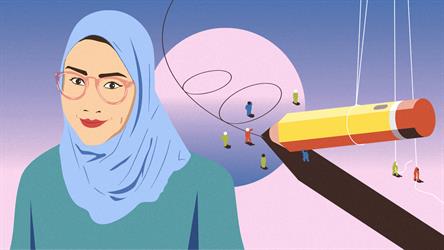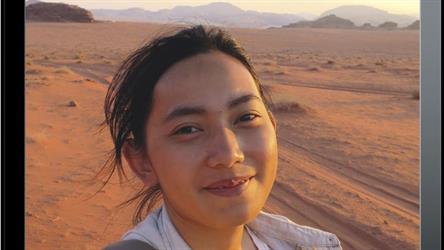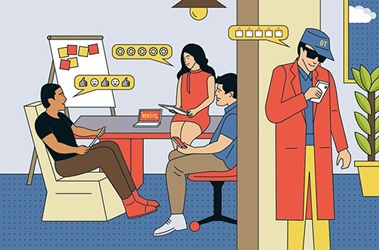Universal Design - Accessibility For All Ages And Abilities
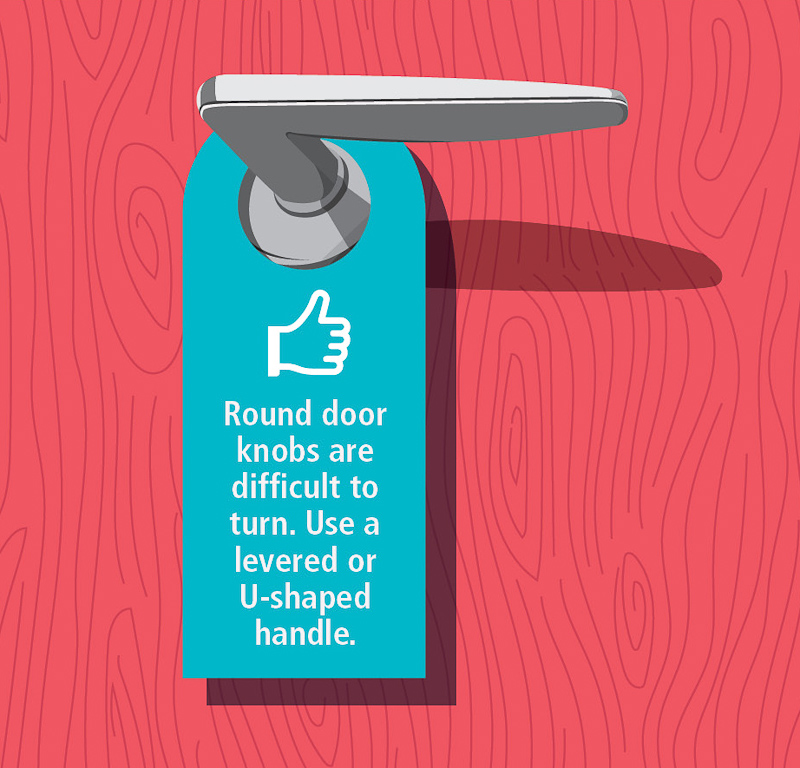
Doors that swing open as you approach. Bus stops with seats of different heights. MRT station gantries wide enough for wheelchairs or strollers. Multipurpose toilets with grab bars.
You might know that these features help the physically handicapped and the elderly, but have you considered how they make your life easier too? Think back to the times when you had to walk through a doorway with your hands full, or get on the MRT with bulky luggage, for instance. Such features are applications of Universal Design (UD) principles, or designing infrastructure and services so they are accessible to all users, regardless of age or ability.
This means doing more than providing ramps for wheelchair users or Braille for the visually handicapped. UD accommodates the varying needs of as many users as possible – including seniors, children, parents with strollers and expectant mothers. For instance, newer carparks in places where families frequent have at least one parking lot located near entrances or lift lobbies for drivers with children in prams.
Ageing society
As the population ages, designing spaces to be accessible for everyone becomes more urgent, especially planning ahead to help the growing group of elderly stay active, said Ms Goh Siam Imm, Director of the Building and Construction Authority’s (BCA) UD department.
Since 2006, the BCA has been promoting UD for the built environment, which includes buildings, parks, sidewalks and our transport system. You might have noticed that the newer Housing & Development Board flats now have levered door handles instead of doorknobs, which the elderly can find difficult to turn. Slip-resistant kerb ramps are now found on sidewalks, especially near pedestrian crossings.
To ensure that future buildings will be friendly for all users, the BCA updated the Accessibility Code, a set of essential requirements that all new developments must comply with. The Code now has mandatory features that emphasise UD, such as family-friendly nursing rooms, more toilets with grab bars and wider corridors.
The BCA uses social media and roadshows in malls, libraries and schools to publicise UD, through its “Unify to UDify” campaign. Cute and colourful characters in comics, videos and interactive exhibitions are designed to appeal to children so that they learn about UD from a young age.
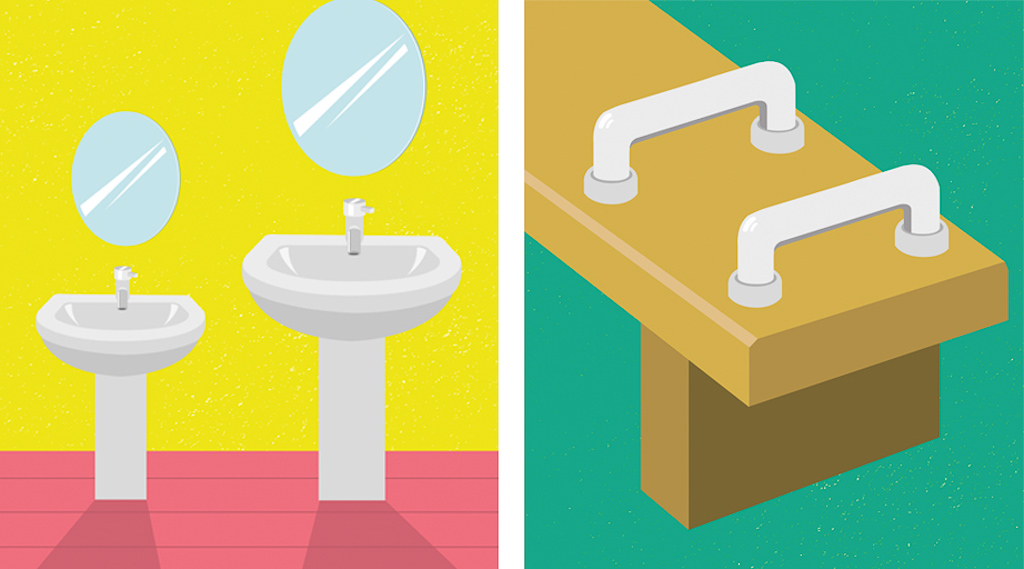
Grappling with basic accessibility
Catering to everyone’s needs sounds ideal, but the BCA still faces the challenge of convincing owners of older buildings to add accessibility features. Buildings constructed before 1990 are not bound by the Accessibility Code, which makes facilities for persons with disability compulsory.
To engage such owners, Ms Goh and her team would first write to the individual developers or building owners to make an appointment for a visit. During the meetings, the UD team audits the buildings, gives advice on upgrading, and explains the principles and importance of UD.
They highlight that UD benefits both the building owners and users. For example, the elderly are part of families who want to visit shopping centres, and will also be potential customers, said Ms Goh.
The fruits of the BCA’s labour can be seen along Orchard Road, where 9 in 10 buildings are barrier-free, from 4 in 10 in 2006.
The BCA also provides financial support through the $40 million Accessibility Fund, which covers up to 80% of upgrading costs. The Seventh Day Adventist Church at Balestier Road has used this grant to add ramps, enabling a member from the Handicaps Welfare Association who uses a wheelchair to join its events regularly.
But not all building owners are so receptive. There are building owners who do not face financial constraints, but prioritise commercial interests that clash with UD, such as preserving rentable space.
Making UD universal
The BCA’s efforts to encourage UD include:
A UD Guide: Provides localised examples of applying UD, such as allowing the elderly ease of access when a step is needed to prevent rainwater from entering homes.
UD Mark certification: A voluntary scheme that recognises designers and building owners for applying UD features in their buildings.
Our Friendly Built Environment Portal: The accessibility features of buildings are rated and published online to encourage building owners to improve.
Singapore Universal Design Week: A week-long annual event that promotes UD through a conference, exhibition and workshops.
The carrot and the stick
Some countries, such as Norway, have enacted legislation for existing buildings to be adapted for accessibility. Others depend on anti-discrimination laws to press building owners to provide user-friendly features for the disabled.
For now, the BCA prefers to engage building owners with the carrot rather than the stick.
“We want people to willingly… integrate accessibility into their whole scheme of things rather than making it mandatory,” said Ms Goh. The BCA aims to encourage people to apply UD by focusing on users’ needs from the start of every design process.
Ms Goh and her team will continue to persuade industry partners, especially building owners in the Central Business District, where nearly half of the buildings still lack basic accessibility.
“[With the] ageing population and government extending the retirement age … the workplace needs to be friendly to older folks,” she said. She does not rule out resorting to legislation if owners remain unwilling to upgrade.

UD for everyone
UD is not just for designers or people involved with infrastructure design – you can apply it to different parts of your lives too. For example, you could practise UD by printing handouts in larger fonts so that older colleagues need not strain their eyes, or by designing websites with textto- speech options for the visually handicapped, said Ms Goh.
Now that you’re aware of it, how UDed is your office (and home)?
Other Stories: The Design Issue
Visit bit.ly/yoodeeSG or “Like” fb.com/ UnifyToUDify to show your support for UD.
- POSTED ON
Mar 16, 2015
- TEXT BY
Tay Qiao Wei
- ILLUSTRATION BY
Mushroom Head
-
Deep Dive
Strengthening Singapore’s Food Security





